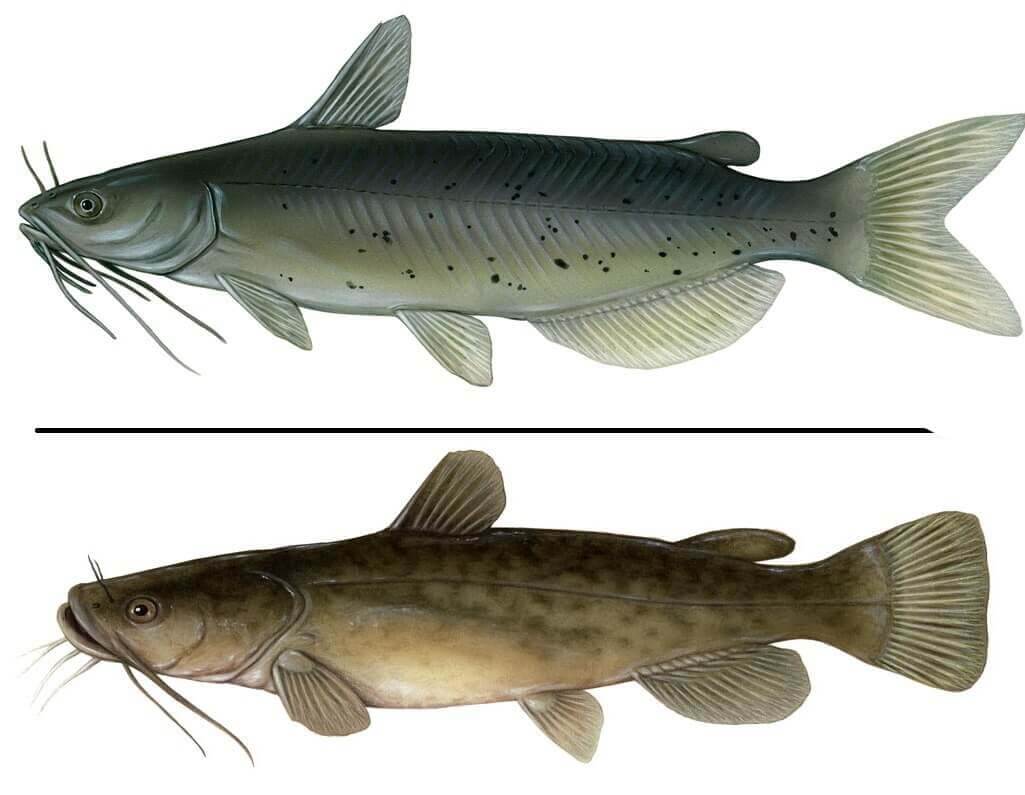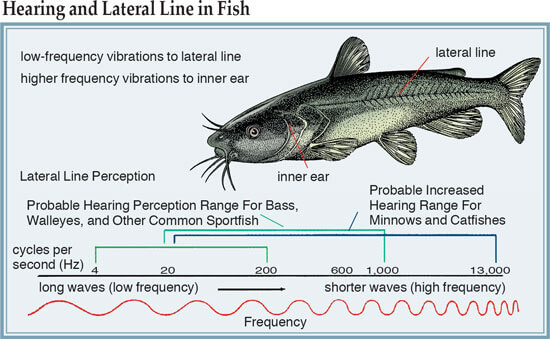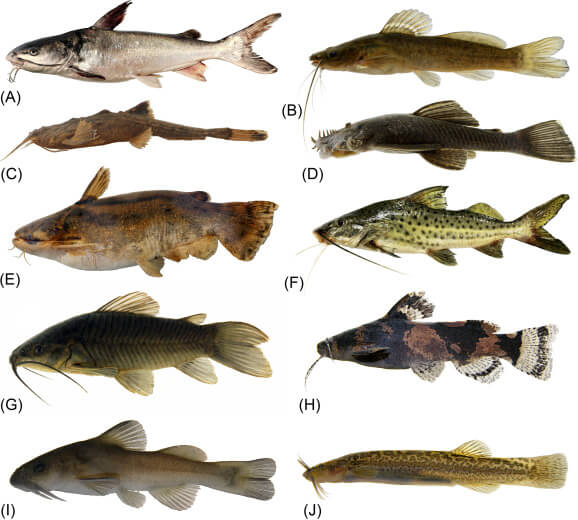Catfish are known for their whisker-like barbels and bottom-dwelling habits, but there’s a whole lot more to these fascinating fish than meets the eye. Prepare to be amazed by these 10 lesser-known facts about catfish that might just change the way you see these whiskered wonders.

Taste Buds Everywhere: Catfish don’t just taste with their mouths – they have taste buds all over their bodies! This helps them locate food in murky waters where visibility is low.

Not All Catfish Have Scales: While many catfish species sport scaly armor, others, like the aptly named naked catfish, are completely scaleless.

Walking Fish: Some catfish species can actually walk! The walking catfish uses its pectoral fins to “walk” on land, allowing it to migrate between bodies of water.

Electric Shockers: Certain catfish species, like the electric catfish found in Africa, can generate powerful electric shocks to stun prey or defend themselves.

Purring Predators: Believe it or not, some catfish can produce sounds similar to purring! They do this by rubbing their pectoral fins against their bodies.

Ancient Lineage: Catfish have been around for a very long time. Fossil evidence suggests they’ve been swimming in our rivers and lakes for over 100 million years!

Variety is the Spice of Life: The catfish family is incredibly diverse, with over 3,000 different species found worldwide. They come in all shapes and sizes, from tiny inch-long species to giants weighing hundreds of pounds.
Dedicated Parents: Many catfish species are excellent parents. Some males build nests and fiercely guard the eggs, while others, like the banjo catfish, carry the eggs and young in their mouths.

Singing Sirens: During mating season, some catfish species produce sounds to attract mates. These “songs” can be heard by other catfish from quite a distance
More Than Just Whiskers: Those barbels aren’t just for show. They’re highly sensitive sensory organs that help catfish detect food, navigate murky waters, and even communicate with each other.